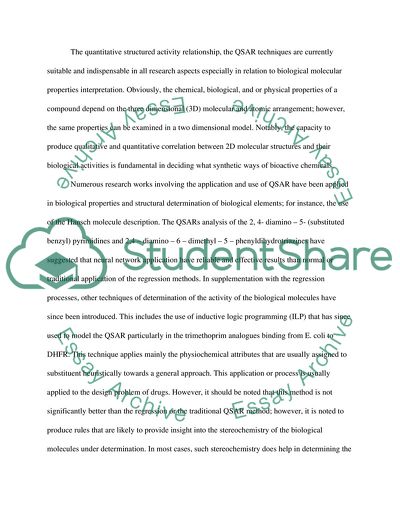Cite this document
(Qualitative Structure Activity Relationship Report - 1, n.d.)
Qualitative Structure Activity Relationship Report - 1. https://studentshare.org/chemistry/1804668-qsar
Qualitative Structure Activity Relationship Report - 1. https://studentshare.org/chemistry/1804668-qsar
(Qualitative Structure Activity Relationship Report - 1)
Qualitative Structure Activity Relationship Report - 1. https://studentshare.org/chemistry/1804668-qsar.
Qualitative Structure Activity Relationship Report - 1. https://studentshare.org/chemistry/1804668-qsar.
“Qualitative Structure Activity Relationship Report - 1”. https://studentshare.org/chemistry/1804668-qsar.


